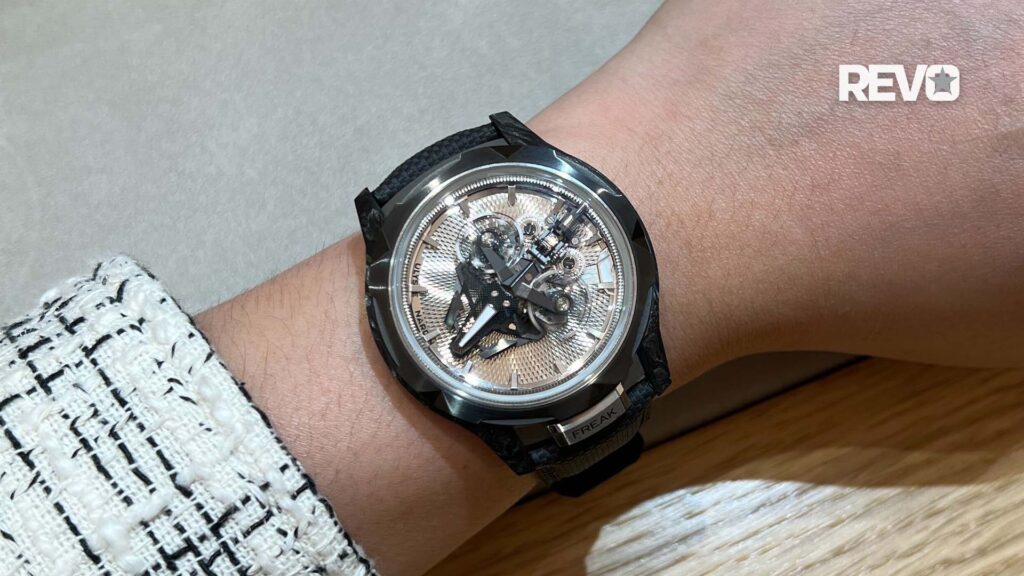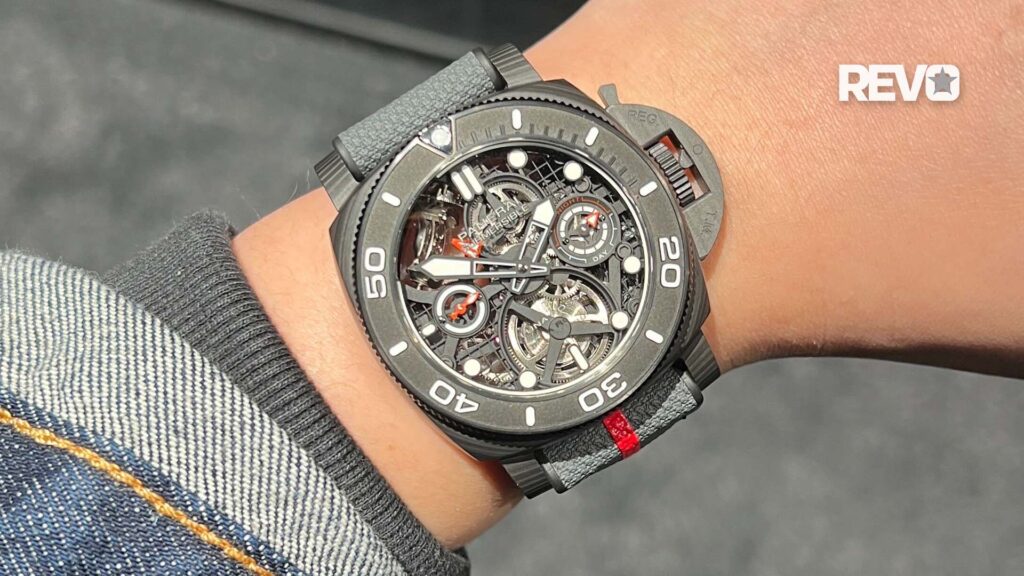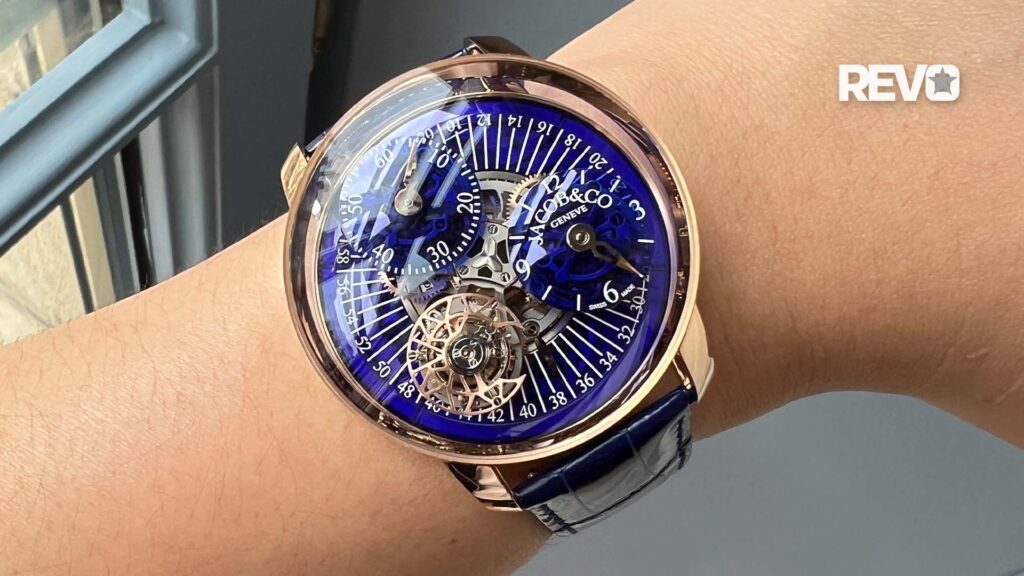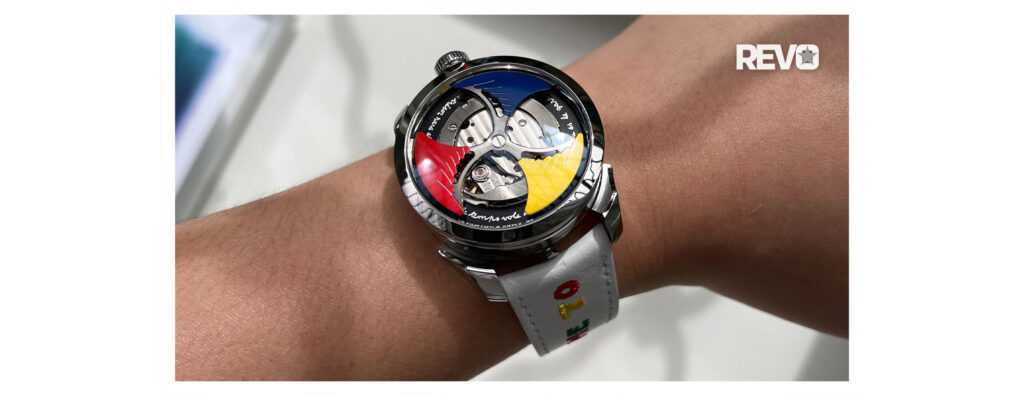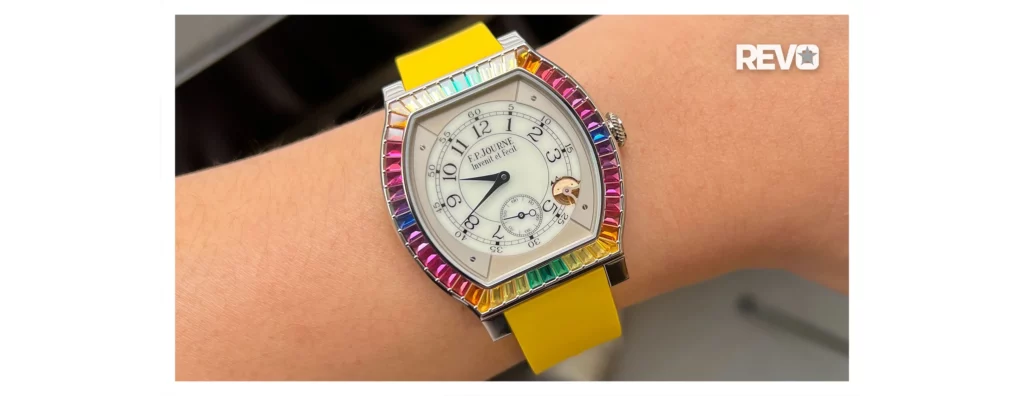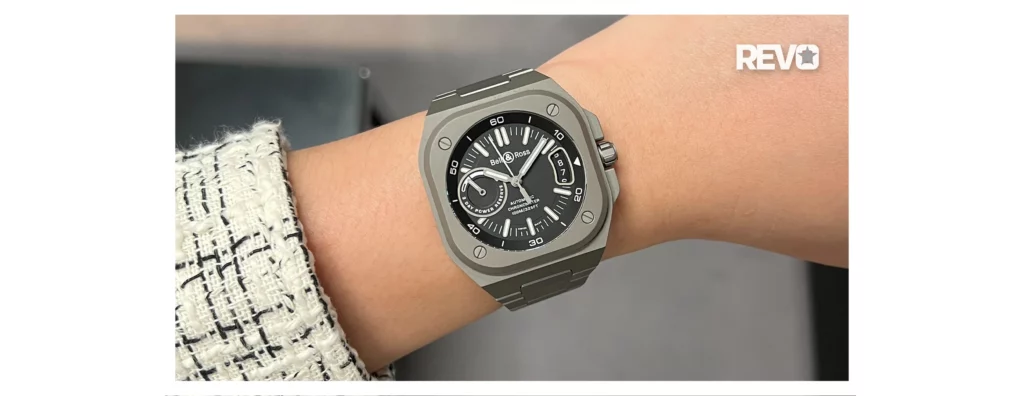Cartier
They Wear It Well: Londoners
Edward Sexton
Bespoke tailor
“After beginning my apprenticeship in London’s East End, I started on Savile Row at Kilgour & French. A few years later, I joined a company in Burlington Arcade called Donaldson, Williams & Ward and it was here that I met a young chap called Tommy Nutter, one of my co-workers.
One evening Tommy and I went for a beer. He told me some people that wanted to invest in a new tailoring company had approached him. Tommy had good ideas on style himself and we were able to combine our respective tastes to make a great look, something that really worked. On 14 February 1969, we started Nutters of Savile Row.
I’ve had some tremendously interesting clients over the years and, like a lot of things in my life, it all just happened. The Beatles wore our clothes on the album cover of Abbey Road, Mick and Bianca Jagger wore our suits at their wedding and, more recently, people like Harry Styles have come to see me after looking at old pictures of the clothes we made.
My Corum was a gift from a client about 50 years ago now, a man called John Valentine. It means a huge amount to me, he just took it off his wrist during a fitting and said: ‘Here, that’s a present for you.’ I also have an antique Cartier watch. Sir Anthony Blunt’s batman came in for a cashmere overcoat one day but couldn’t quite afford it, so he offered me the Cartier as well.”
Sameer Lilani
Director of UK, Middle East and Europe for Amrapali
“I studied engineering at King’s College but, after three years, I realised it wasn’t for me and I dropped out. After some coaxing from my father, I started studying gemology at GIA’s London campus and realised it was my calling.
The girl who sat next to me on the course was from Cartier in Paris. She’d been sent by the brand because it needed more gemologists and she suggested I apply for a job with Cartier in London. I thought: ‘Why not?’ I applied and was accepted and started as a gemologist in London. I later attended Richemont’s Creative Academy in Milan to study for a Masters and from there I became a Creative Manager at Cartier, subsequently working in marketing and moving to Paris and New York before eventually coming back to London.
When it comes to what clothes I choose to wear I’ll either dress very formally or very casually. I like traditional English style and tailoring, and go to the likes of Oscar Udeshi for this. Or, alternatively, contemporary designers like Dries van Noten, Loewe and Rick Owens.
Shaun Gordon
Menswear Designer at Turnbull & Asser
“I’ve always had an interest in how gentlemen of the 1950s and 1960s dressed – the likes of Clark Gable, Fred Astaire and Sammy Davis Jr – but I never dressed like that myself. I was a denim freak until one day I chose to wear a shirt and tie and found people treated me differently. I liked it. From there I got more and more into sartorial elegance, reading up on tailoring and searching vintage hotspots like Portobello for clothes that fit the bill.
To this day I still wear a lot of vintage clothing, alongside items from places such as Hackett, Richard James, Paul Smith and, of course, Turnbull & Asser. Fit and dressing to my body is very important to me, I had my first bespoke suit made by Steve Bell in Notting Hill and this really opened my eyes to bespoke and made-to-measure tailoring.
My day-to-day job is pretty varied. I work towards a brief given by Creative Director Dean Gomilsek-Cole and in any one week I might be designing pocket squares or blazers, putting together mood-boards, doing research into our archives or into materials – the list goes on. It’s a lot of fun.
I’d say my interest in watches is an extension of my interest in classic menswear and how I choose to dress. On a more practical level, I don’t like checking my phone for the time. Looking at a watch has been a matter of habit for me since I was a boy. I remember it started with the first watch I had, a Casio my mum bought me to ensure I’d be home on time – and if I wasn’t there were consequences.
Wendy Meakin
Watch and Art Advisor
My first serious watch was a Rolex Bubbleback I bought when I was doing my Masters degree at SOAS University of London. I subsequently sold it, made some money, and have been trading up with my watches ever since. I’ve had a couple of great watches over the years – some I really regret selling – including a few pre-Vendôme Panerais, an early Richard Mille tourbillon, a Rolex GMT with ‘Patriot’ bezel, and a 1940s Panerai with a Rolex case and Angelus movement.
I’d say my personal style is quite tailored and dandyish. I like the idea of being a flâneur, wandering around aimlessly and seeing where life takes me. Craftsmanship and supporting traditional crafts appeals to me too – I have my shirts made at Turnbull & Asser, for instance, and really like Edward Green and bespoke John Lobb shoes. I also used to buy a lot of stuff from The Library on Brompton Road and have some really beautiful leather accessories from Carol Christian Poell, some of Dries van Noten’s early clothes and several Alexander McQueen pieces from when he was still there. I also have a real passion for sunglasses and scarves.”




